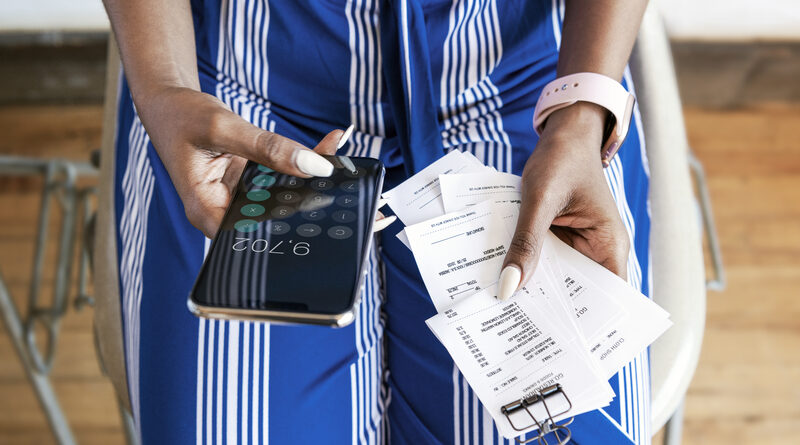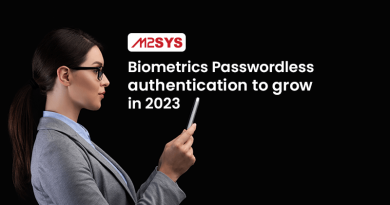The Impact of Mobile Biometrics in Banking
Biometrics in Banking
The rising demand to more effectively secure online and mobile banking and financial services transactions through accurate customer identification to prevent identity theft and banking fraud has sparked an interest in the use of biometric identification technology.
Biometric identification solutions provide quick and accurate customer authentication by using unique physiological characteristics (who you are) for identification instead of PINs (what you know) or ID cards (what you have).
Biometric identification technology is difficult if not nearly impossible to forge, meaning that through the use of biometrics, the banking and financial services sector can drastically reduce or even completely eliminate losses incurred by customer identity theft and fraud. A lot of banks around the world are already using biometric technology for customer identification, and a lot more are following suit.
As a reliable means of identification, biometrics in banking can eliminate gaps in banking security systems that criminals always try to exploit. Biometrics has the versatility to secure a variety of banking transactions including:
- Branch banking
- Internet banking
- Mobile banking
- ATM networks
Adopting biometrics for customer identification in a banking system secures transactions and brings numerous benefits, already proven to have a positive impact on the industry as a whole.
Mobile Biometrics in Banking
 Mobile banking is a service offered by a growing number of banks and other financial institutes that allows customers to conduct payments and transactions using their smartphones and other mobile devices. Mobile banking services aren’t new, however up until recently authentication for these transactions were limited to passwords and PINs only, creating a large, gaping security hole. The introduction of biometrics to authenticate mobile banking is fundamentally improving security and one of the most interesting new trends in banking technology.
Mobile banking is a service offered by a growing number of banks and other financial institutes that allows customers to conduct payments and transactions using their smartphones and other mobile devices. Mobile banking services aren’t new, however up until recently authentication for these transactions were limited to passwords and PINs only, creating a large, gaping security hole. The introduction of biometrics to authenticate mobile banking is fundamentally improving security and one of the most interesting new trends in banking technology.
The Biometric Research Group estimated biometric security solutions to be worth $1.8 billion by the end of 2015, up from $900 million in 2012. Driving this steep growth is the need to combat security breaches through identity theft and a rising number of fraud cases. Researchers at the Biometric Research Group also believe that biometric technology has the potential to reduce operational risks for the banking sector by a minimum of 20% over the next decade. This means that we can place our trust in mobile devices to do all sorts of banking transactions. Some banking institutions have already begun to switch to mobile biometrics for user authentication.
There are several ways to authenticate a person through mobile biometrics for banking. Biometric modalities that are presently used for user authentication in mobile banking are fingerprint, voice recognition and facial recognition, with iris recognition (which is by far the most accurate biometric modality) to become a mainstream modality for biometric authentication for banking on smartphones in the future.
Customer Acceptance
Customer acceptance of biometrics for mobile banking is steadily rising. Due to the fact that many more modern smartphones and electronic devices are equipped with biometric identification technology, more customers are aware of the strong security that mobile biometrics is able to provide. According to CNN Money, fingerprint readers used for mobile payment services has enabled higher acceptance to use biometric technology for banking transactions and paying bills.
Conclusion
The applications of biometric technology in mobile banking are viewed by many as one of the most promising advancements in the industry. Banks that at one time did not rely on biometrics for mobile authentication are gradually more accepting of the technology due to the safety and reliability it offers to secure transactions.
Banking through mobile devices is as safe as branch or ATM banking and actually more secure than banking on a personal computer because banks can control the security on a mobile app much easier than through a desktop browser.












